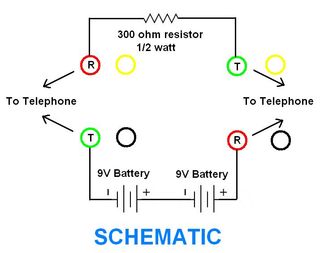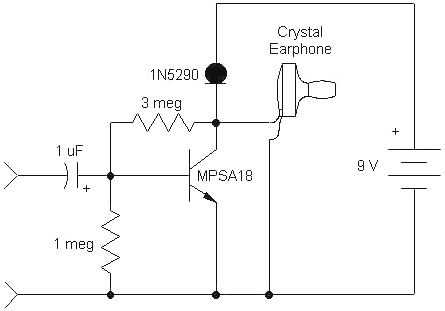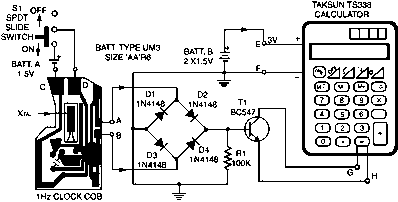
Old Phone Intercom

This instructional guide demonstrates the process of utilizing two old phones as an economical intercom system between Point A and Point B. This setup may be particularly advantageous for communication between different areas, such as between a house and a shed.
To implement this intercom system, the following components and steps are necessary:
1. **Required Components**:
- Two old mobile phones with working batteries.
- A reliable Wi-Fi connection or mobile data (if using VoIP applications).
- Optional: A power bank for extended use if the phones have limited battery life.
2. **Setup Process**:
- **Device Preparation**: Ensure both phones are charged and functional. Remove any unnecessary apps to optimize performance.
- **Application Installation**: Install a communication app that supports voice calls over Wi-Fi or mobile data, such as Skype, WhatsApp, or a dedicated intercom app.
- **Network Configuration**: Connect both phones to the same Wi-Fi network for seamless communication. If using mobile data, ensure both devices have sufficient data plans.
- **Testing Communication**: Perform a test call to confirm that both phones can communicate effectively. Adjust volume settings to ensure clarity.
3. **Operational Use**:
- Designate one phone as the "intercom" and the other as the "receiver." The intercom phone can be placed at Point A, while the receiver phone can be at Point B.
- For ease of use, consider using a stand or holder for each phone to keep them accessible.
4. **Additional Considerations**:
- In environments with weak Wi-Fi signals, consider using a Wi-Fi extender to improve connectivity.
- Ensure that both phones are placed in positions that allow for optimal sound quality and minimal interference.
This solution is a cost-effective way to establish communication across distances using repurposed technology, making it a practical choice for various applications within residential or small-scale settings.This Photo Instructable shows how to use two old phones as a cheap intercom between Point A and Point B. Might be useful between the house and the sh.. 🔗 External reference
To implement this intercom system, the following components and steps are necessary:
1. **Required Components**:
- Two old mobile phones with working batteries.
- A reliable Wi-Fi connection or mobile data (if using VoIP applications).
- Optional: A power bank for extended use if the phones have limited battery life.
2. **Setup Process**:
- **Device Preparation**: Ensure both phones are charged and functional. Remove any unnecessary apps to optimize performance.
- **Application Installation**: Install a communication app that supports voice calls over Wi-Fi or mobile data, such as Skype, WhatsApp, or a dedicated intercom app.
- **Network Configuration**: Connect both phones to the same Wi-Fi network for seamless communication. If using mobile data, ensure both devices have sufficient data plans.
- **Testing Communication**: Perform a test call to confirm that both phones can communicate effectively. Adjust volume settings to ensure clarity.
3. **Operational Use**:
- Designate one phone as the "intercom" and the other as the "receiver." The intercom phone can be placed at Point A, while the receiver phone can be at Point B.
- For ease of use, consider using a stand or holder for each phone to keep them accessible.
4. **Additional Considerations**:
- In environments with weak Wi-Fi signals, consider using a Wi-Fi extender to improve connectivity.
- Ensure that both phones are placed in positions that allow for optimal sound quality and minimal interference.
This solution is a cost-effective way to establish communication across distances using repurposed technology, making it a practical choice for various applications within residential or small-scale settings.This Photo Instructable shows how to use two old phones as a cheap intercom between Point A and Point B. Might be useful between the house and the sh.. 🔗 External reference





